Save Your Yard & Foundation With a Dry Well

Now, we're not done yet but here it is filled. Suggestions include leaving 6-8" of space between the surface and the gravel but we didn't. Our gravel came with loads of fine grains so we're waiting for it to settle a bit. We can always remove gravel if need be. Next steps are to cover the gravel with sand then replace the grass.
It works by collecting water, filtering it through the gravel, then dispersing it underground. C'mon, let it rain so we can watch it work!
All in all, not a complicated project in the least. Just a ton of ouch-ie manual labor. Come on by the blog by clicking the link below for this story and much much more!
Be sure to drop by Flipping the Flip to discover loads more great DIY projects, ideas, and inspiration!
Get The $100 Room Glow-Up Guide cheat sheet freebie here and too, subscribe here to be first in the know on new projects!
Enjoyed the project?
Suggested materials:
- Landscape cloth (Menards)
- Gravel (local material seller)
- Sand (Menards)

Comments
Join the conversation
-
 Mrr49571309
on Sep 19, 2021
Mrr49571309
on Sep 19, 2021
You would get more leaching back into the ground with washed stone. That means no fines. I would put a mixture of M89 and 57 stones. They are just 2 different sizes. Make sure to cover the top with fabric to keep soil out. Replant grass and add soil after natural compaction.
-
 Becky at Flipping the Flip
on Sep 19, 2021
Becky at Flipping the Flip
on Sep 19, 2021
Thanks for the tips!
-
-
-
-
 Becky at Flipping the Flip
on Apr 25, 2023
Becky at Flipping the Flip
on Apr 25, 2023
Fantastic! It's worked well for us all these years so I hope it helps you! Thanks!
-
-

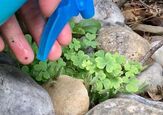
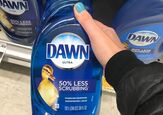
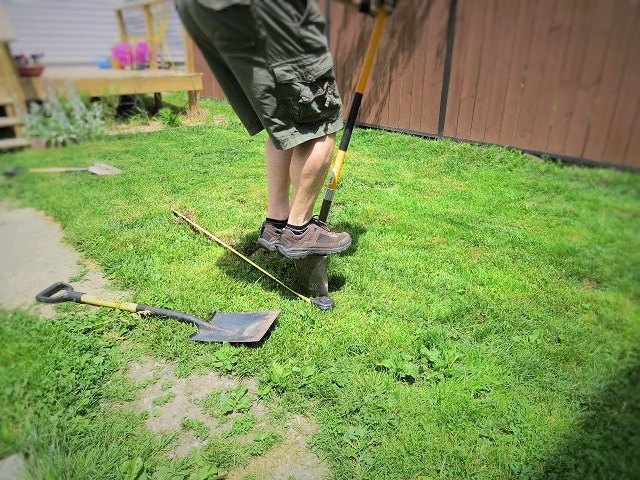






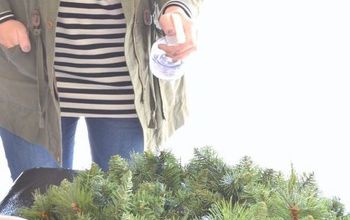
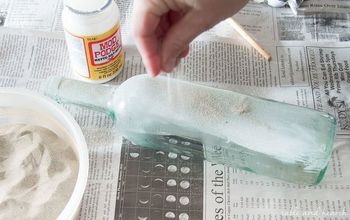



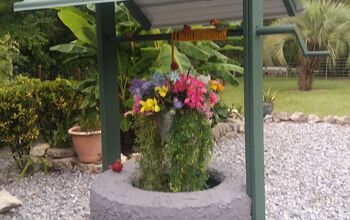
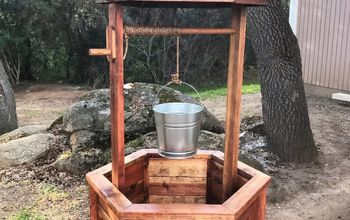
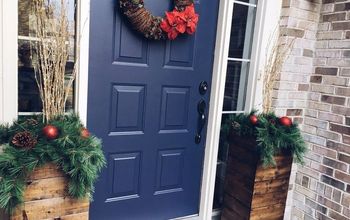
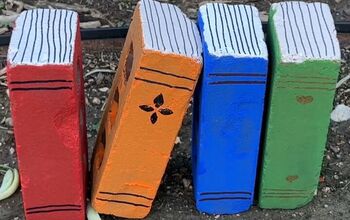








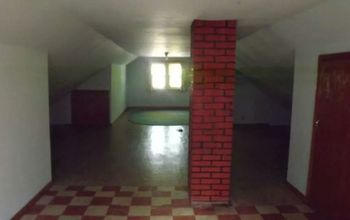
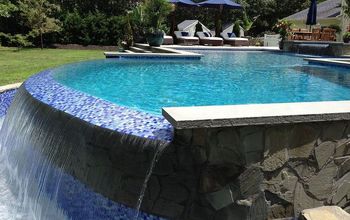

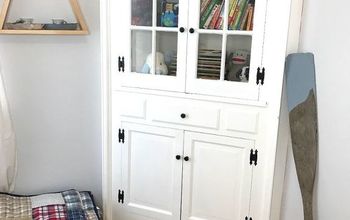


Frequently asked questions
Have a question about this project?
How’s this working today and is there anything you’d do differently
This is one type of containment system I am debating. The other is using NDP plastic fill landscape wrapped tubes 15 inch diameter, sunk vertically in our low spot area. Four or six of these, drilled down about 5 feet with 6-12 sand, soil, and sod or grass seed. Anyone tried this? Thanks.